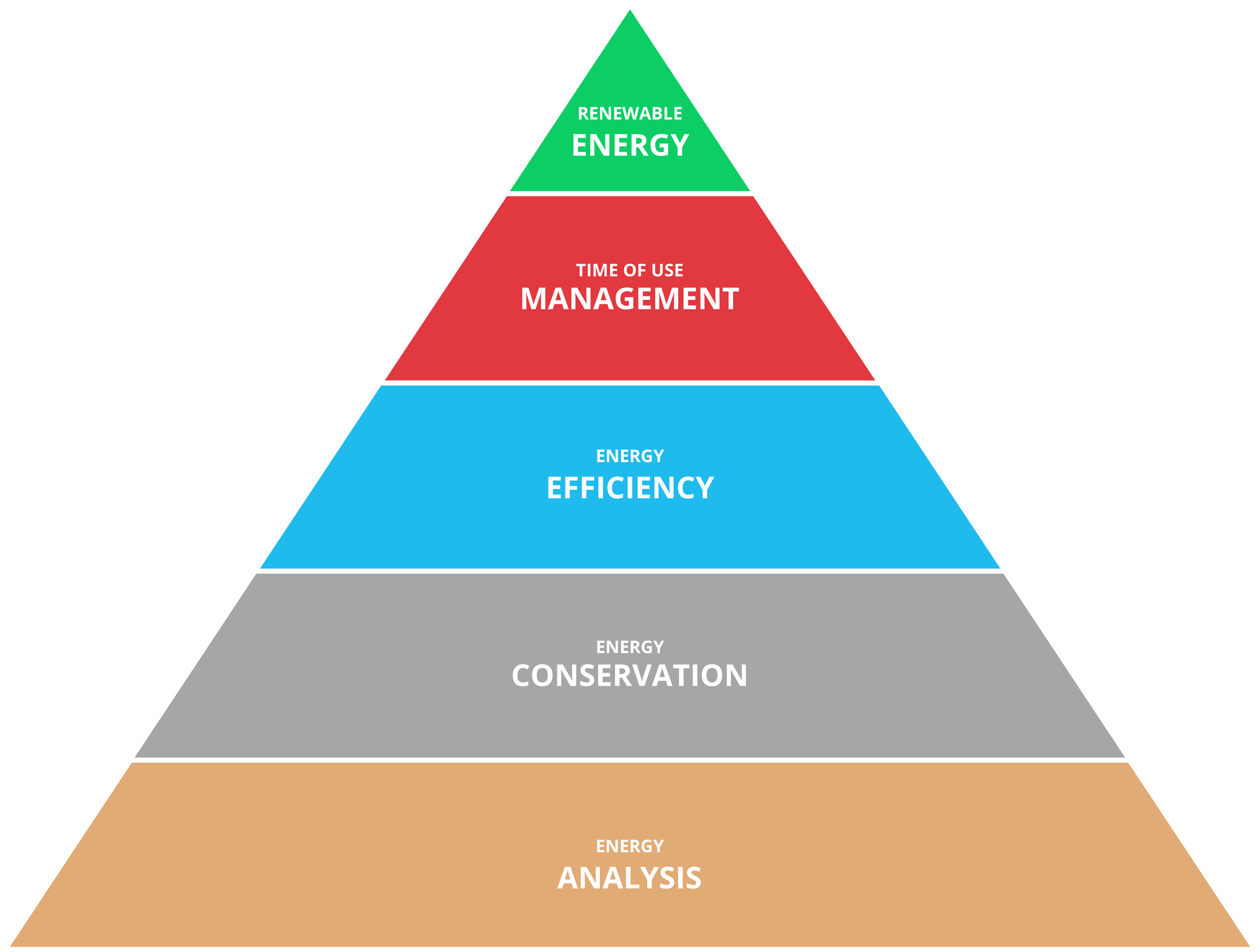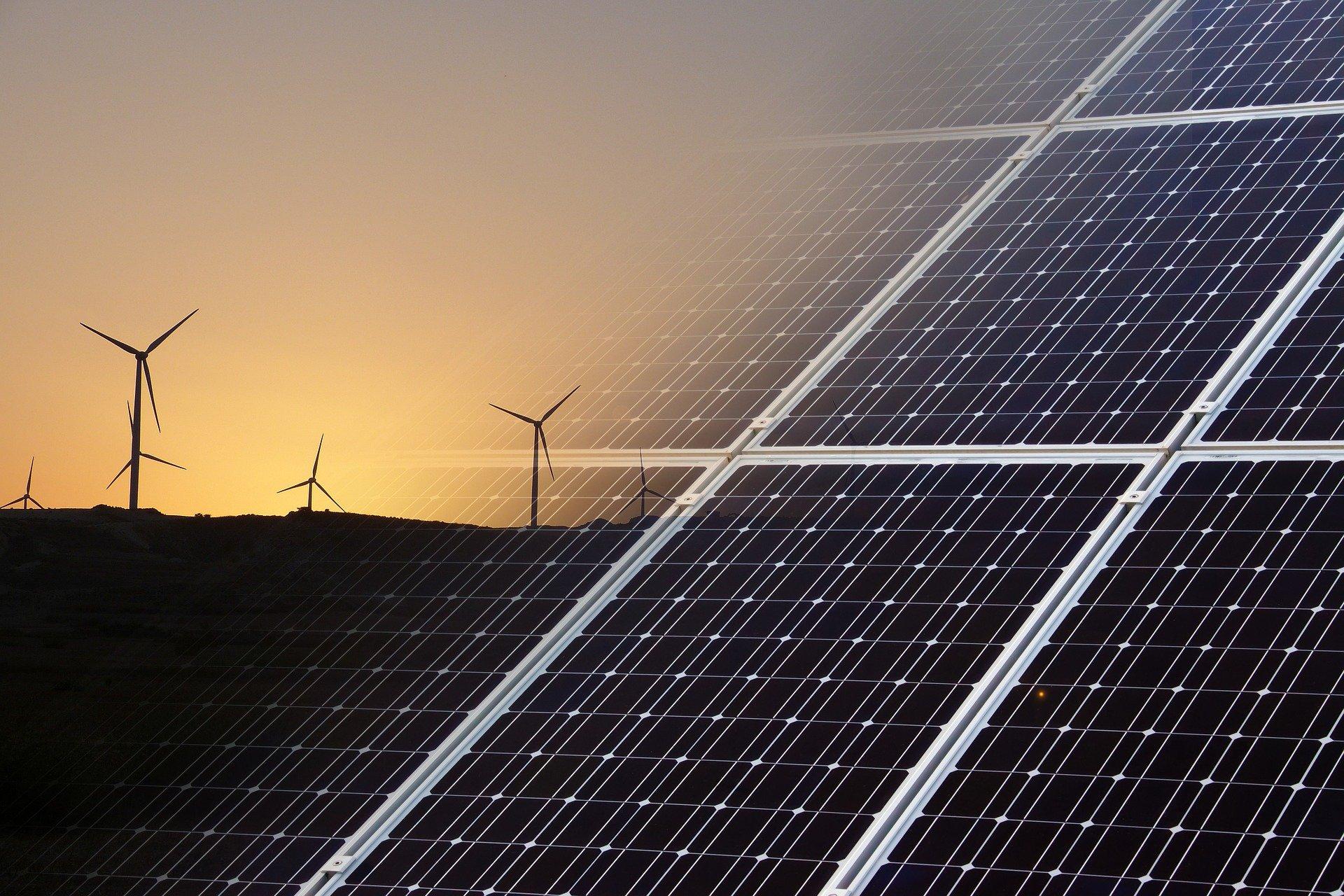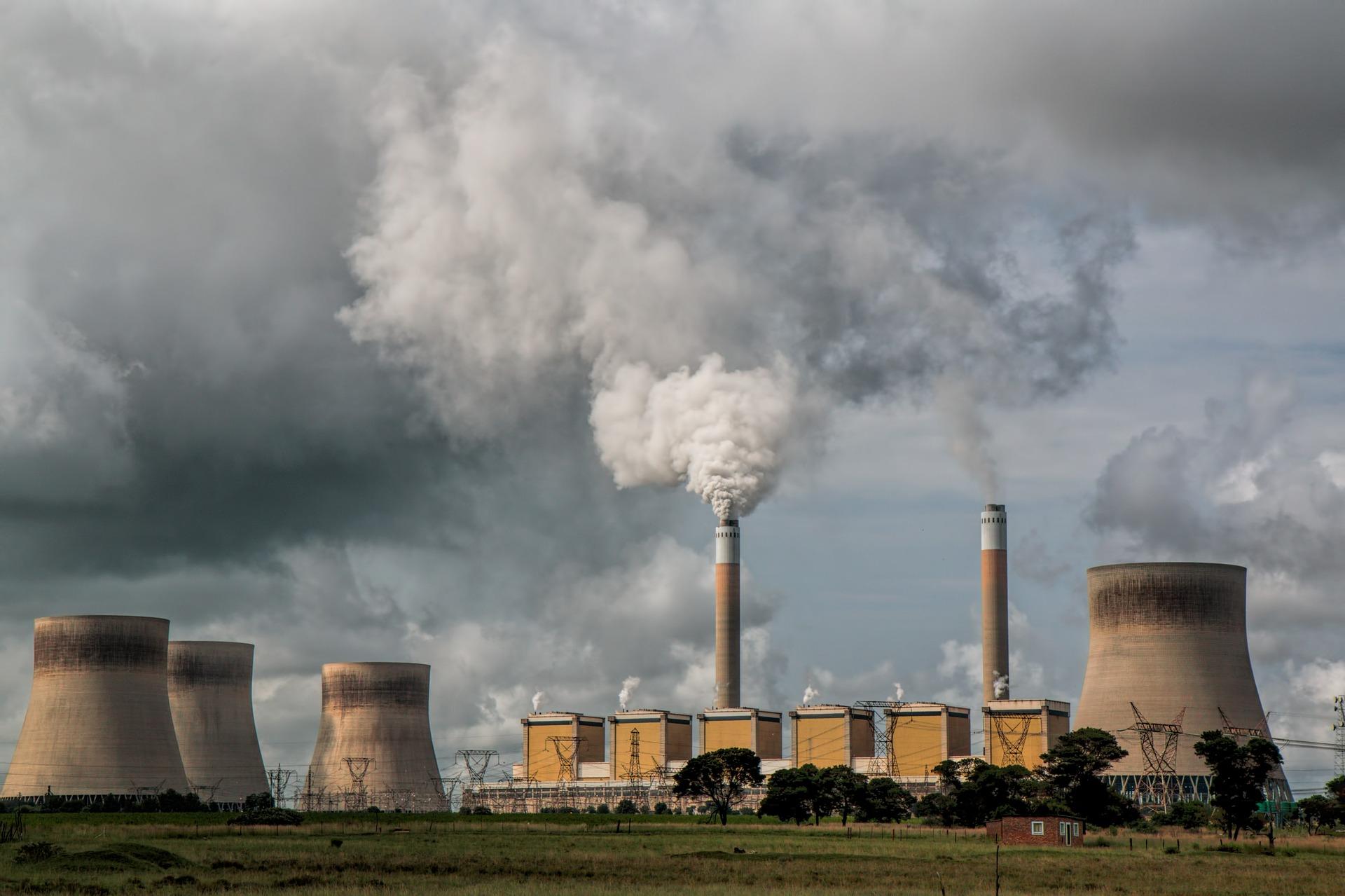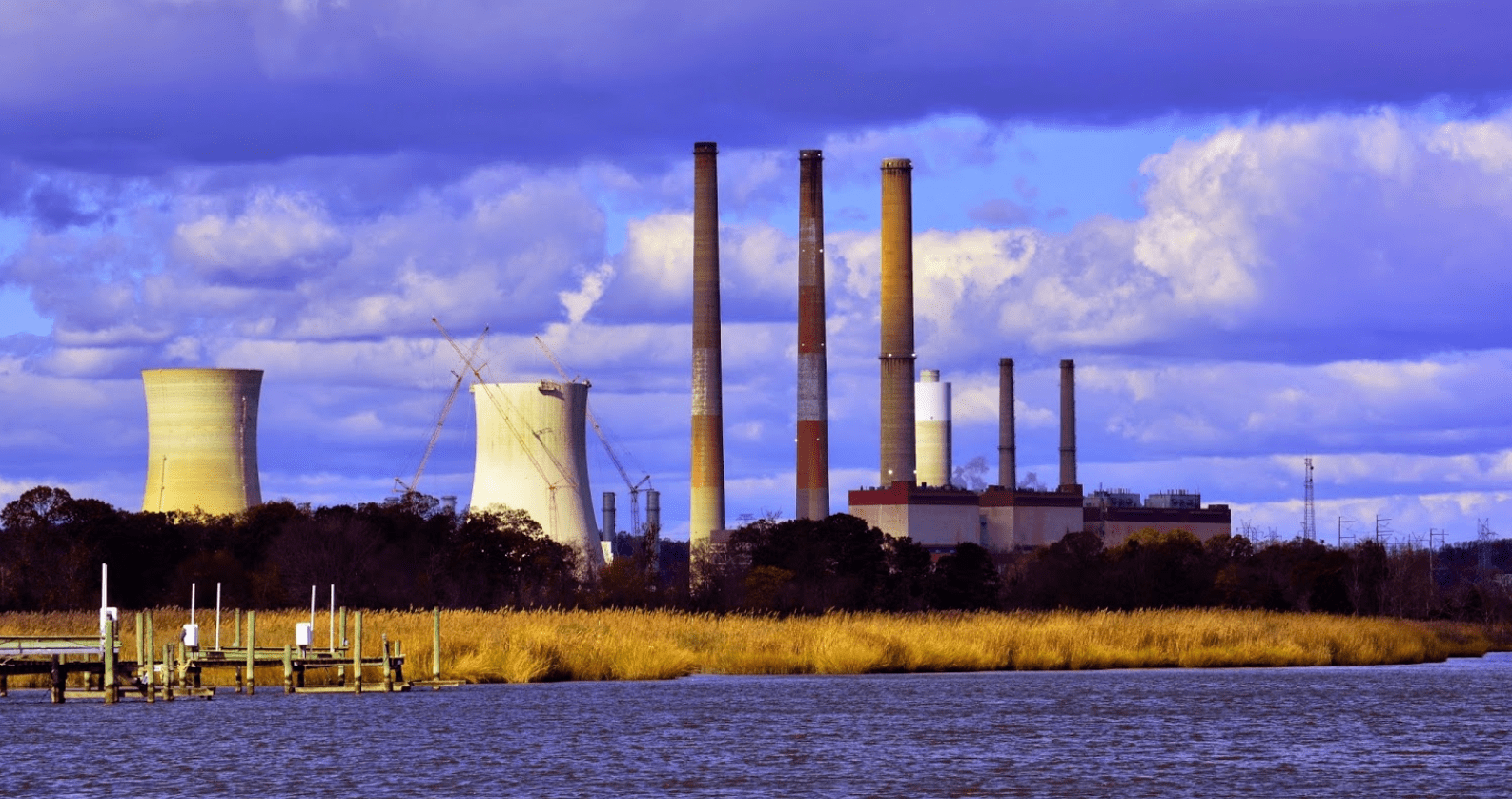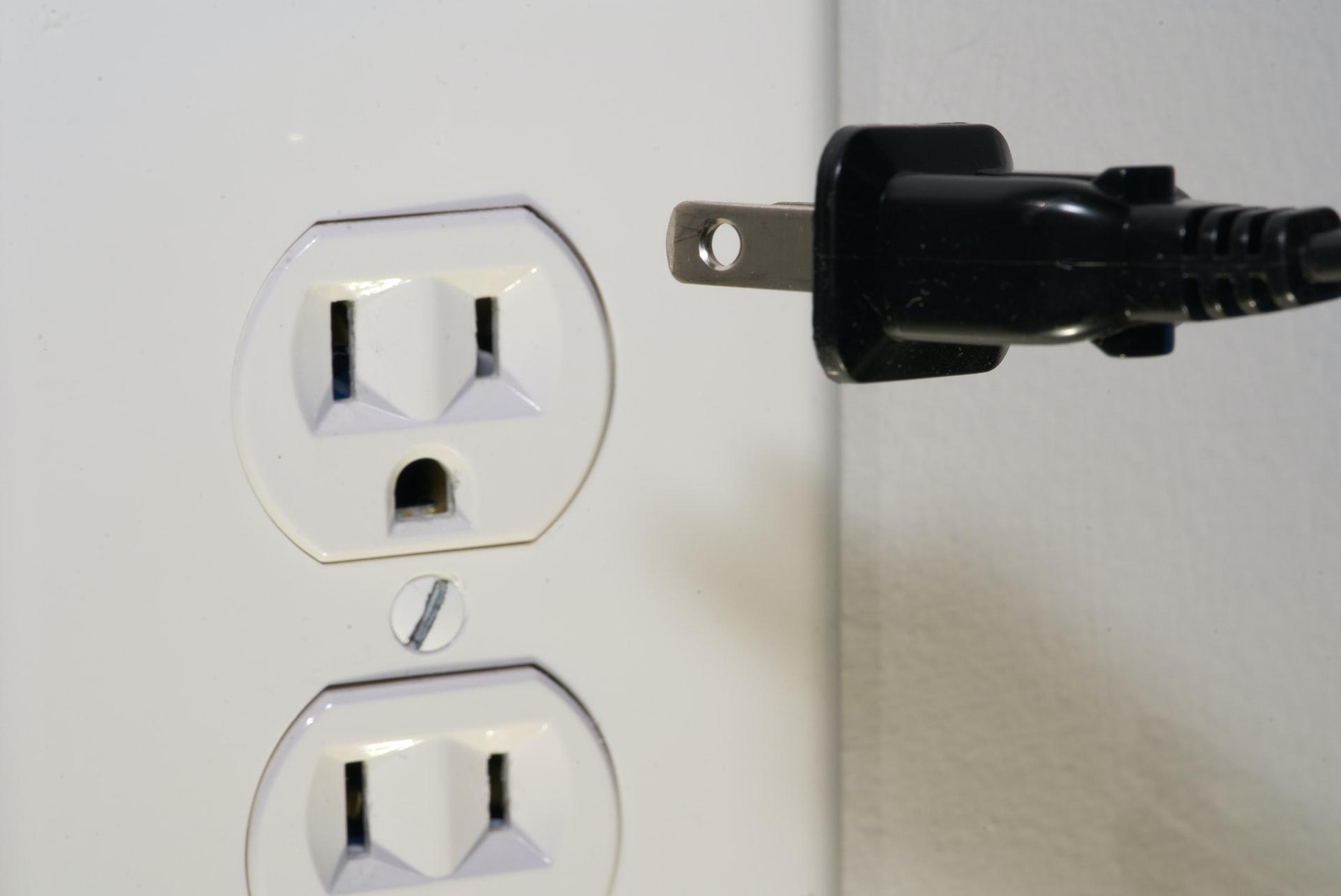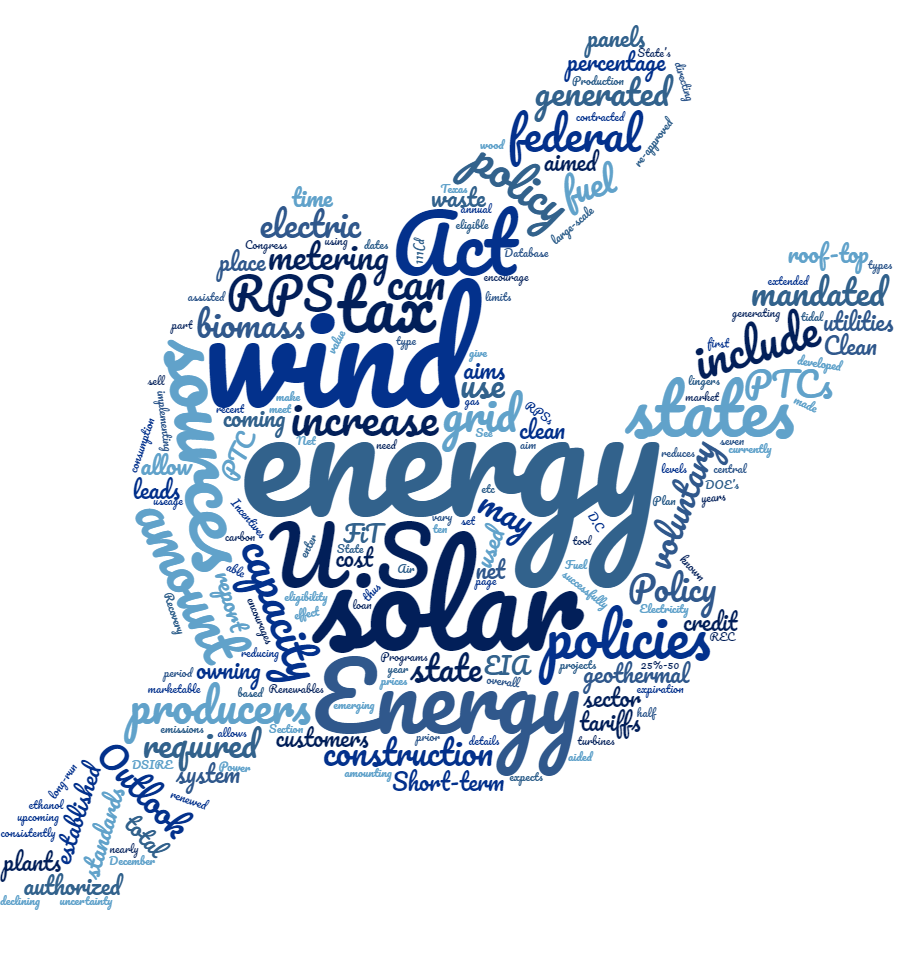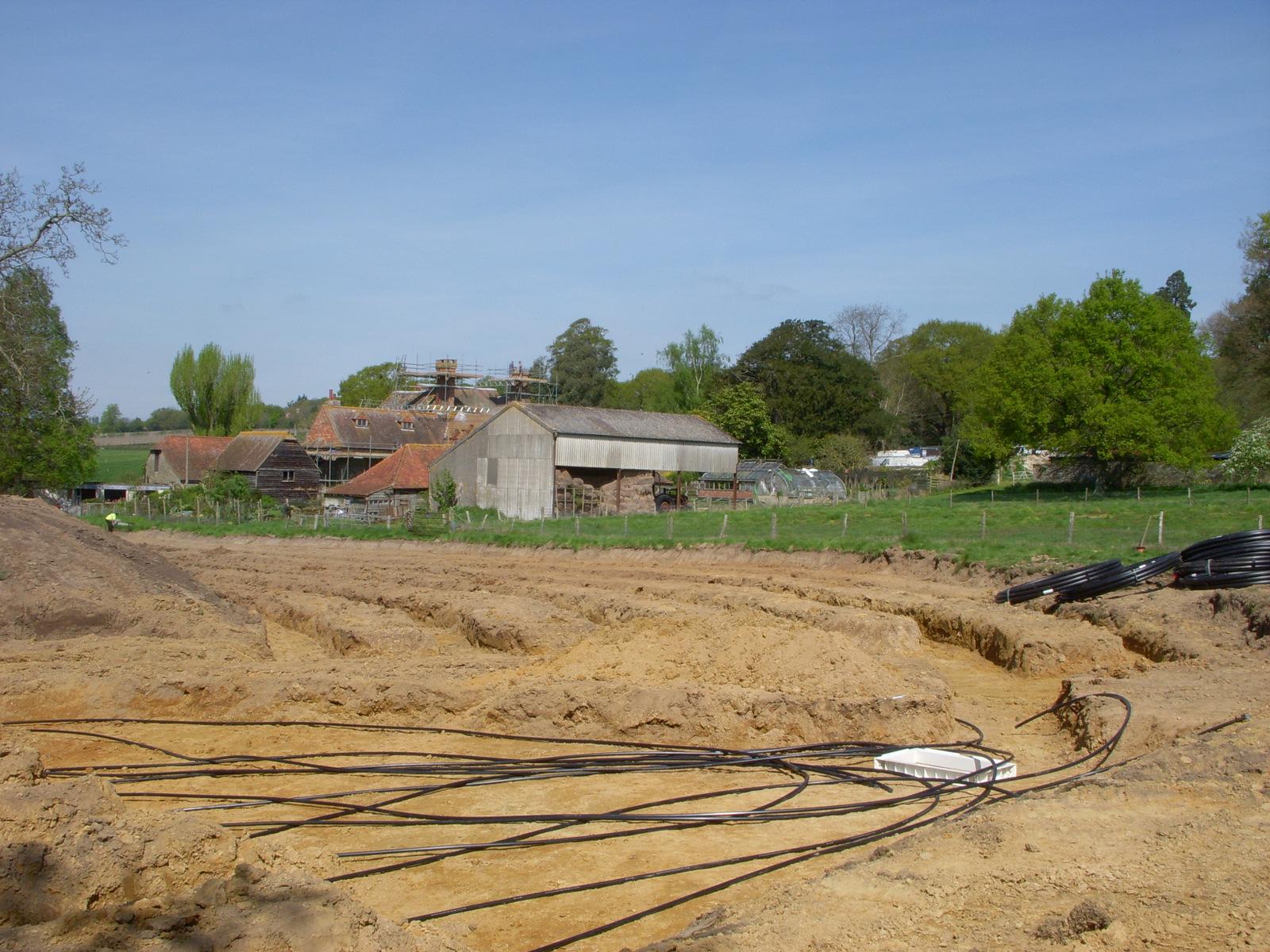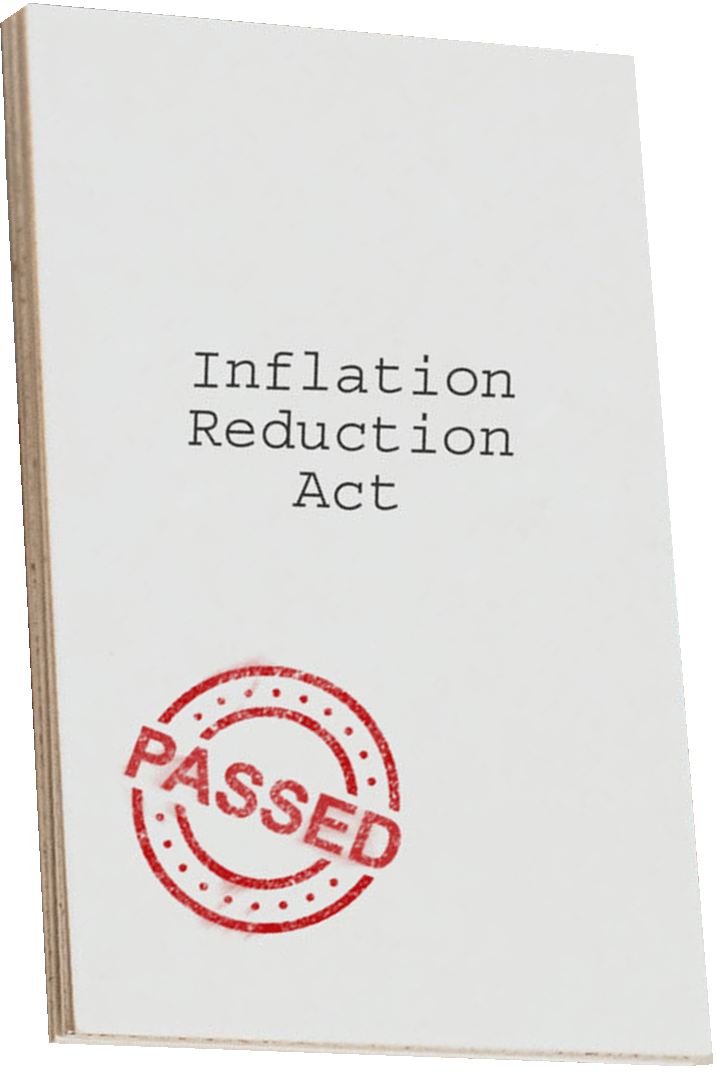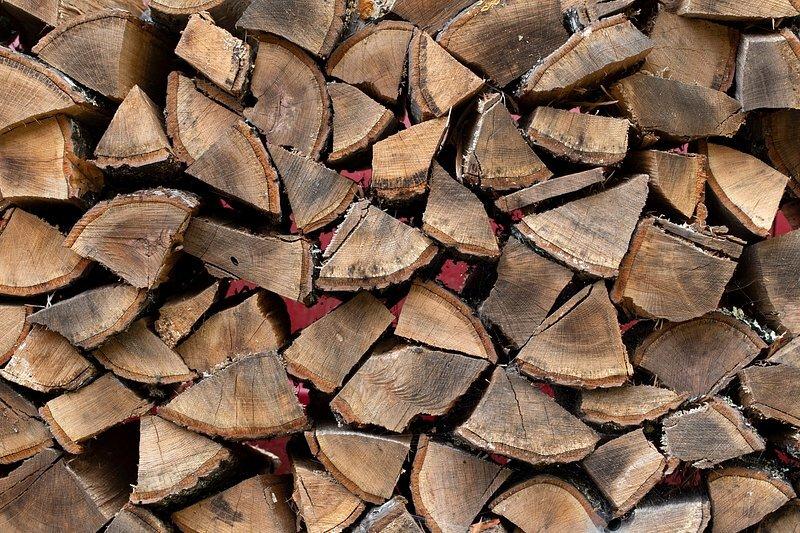
Energy efficiency is one of the lowest-cost ways to reduce your energy costs. Efficiency measures entail the use of a material or technology to reduce energy use. An energy efficiency measure is typically a good choice if the energy savings exceed the cost of the equipment before the end of its useful life. With many technologies lasting 10 to 20 years, you can look at any piece of equipment with a simple payback less than this as a good investment. Energy-efficient equipment may have other benefits, such as a productivity increase or labour savings, that make them a good choice despite a longer payback period. Examples of efficiency measures may include:
- Hot Water: Install WaterSense labeled showerheads and fixtures which meet EPA's specifications for water efficiency and performance. Insulate hot water pipes and water heaters.
- Electricity: Use variable speed drives on irrigation systems. Use surge protectors or power strips to completely turn off electrical devices that use standby power. Install Energy Star-labeled appliances, machinery and equipment where available.
- Space Heating & Cooling: Check your building’s insulation levels and add more if needed. Have a blower door test conducted to find air leaks from doors, windows, electrical outlets, etc. Install programmable thermostats to adjust energy use automatically. Plant deciduous trees/plants that block summer sun from entering windows.
- Transportation: Consider the purchase of a more fuel-efficient tractor or vehicle.
To understand the technologies that best apply to your home or farm, and the payback period based on your specific circumstances, consider having a professional energy audit to analyze your energy consumption and make recommendations.
